The Forgotten Architecture of the Tower of Silence
The media has been flooded with the news of Ratan Naval Tata’s demise. Although Parsi, it was shocking to find that he wasn’t cremated according to the traditional Zoroastrian funerary rites. While it might seem like an odd thing, the practice has slowly been going defunct, as more people choose to cremate their loved ones with electrical incinerators rather than being scavenged by vultures, a phenomenon known as dokhmenashini.
The Tower of Silence
The Tower of Silence, also known as ‘dakhma,’ or ‘dokhma’ in Mumbai, are unique structure integral to the Zoroastrian community’s funerary practices. These towers serve as sites for the exposure of the deceased to nature, a practice based on the Zoroastrian belief in the sanctity of the natural elements — earth, water, air, and fire. As India became the Parsi epicentre in the 1600s, the Towers of Silence also became a popular concept. These were situated in the lush forests of Mumbai.
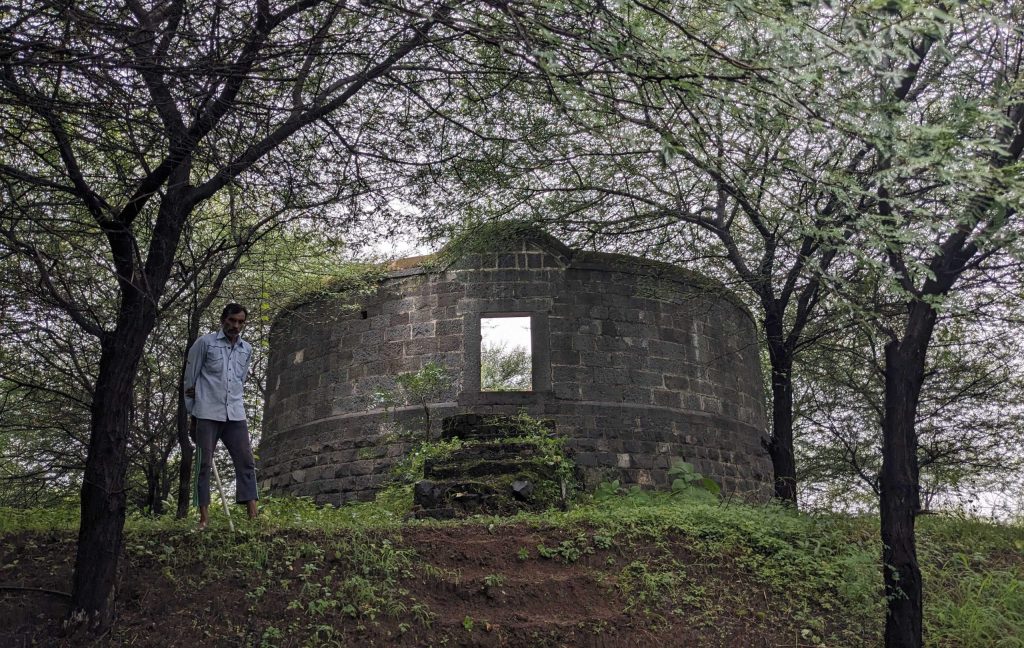
Why Were These Towers Built?
Constructed in the late 19th and early 20th centuries, the Mumbai Tower of Silence was built due to the growing Parsi population in the city. The location on Malabar Hill provides a serene environment, away from the hustle of urban life, with Zoroastrian principles that emphasize purity and respect for the dead. This is the reason why a non-Parsi or even someone with ‘mixed’ Parsi ethnicity is not allowed inside the premises. The dead are carried by special caretakers, known as ‘khandia,’ ‘pallbearers,’ ‘nassassalar,’ and corpse bearers.

Architectural Features of Mumbai’s Tower of Silence
There are several Towers of Silence in India, located in Mumbai, Pune, Hyderabad, Gujarat, and Bengaluru. In their absence, the deceased are commonly buried. To conduct their funerary custom, the Parsi community had certain architectural elements imbued into the Tower of Silence. Today, we talk about the architecture of Mumbai’s Tower of Silence.
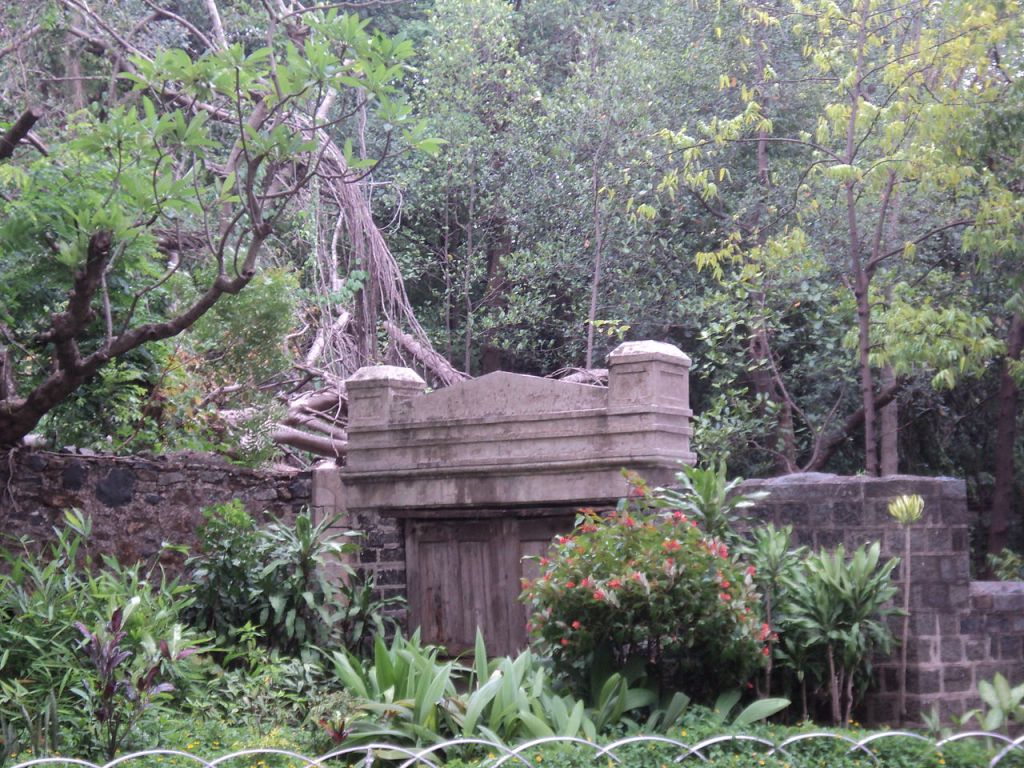
The Tower of Silence is circular and roofless, reminiscent of an amphitheatre. The circle represents eternity in Zoroastrianism. The tower features a large, elevated platform. This circular form not only maximizes exposure to the elements—essential for the decomposition process. The diameter of this circular structure is roughly 90 meters. It is divided into three concentric circles, of which the outermost is the highest. The outermost circle is reserved for men, followed by women, and finally children.
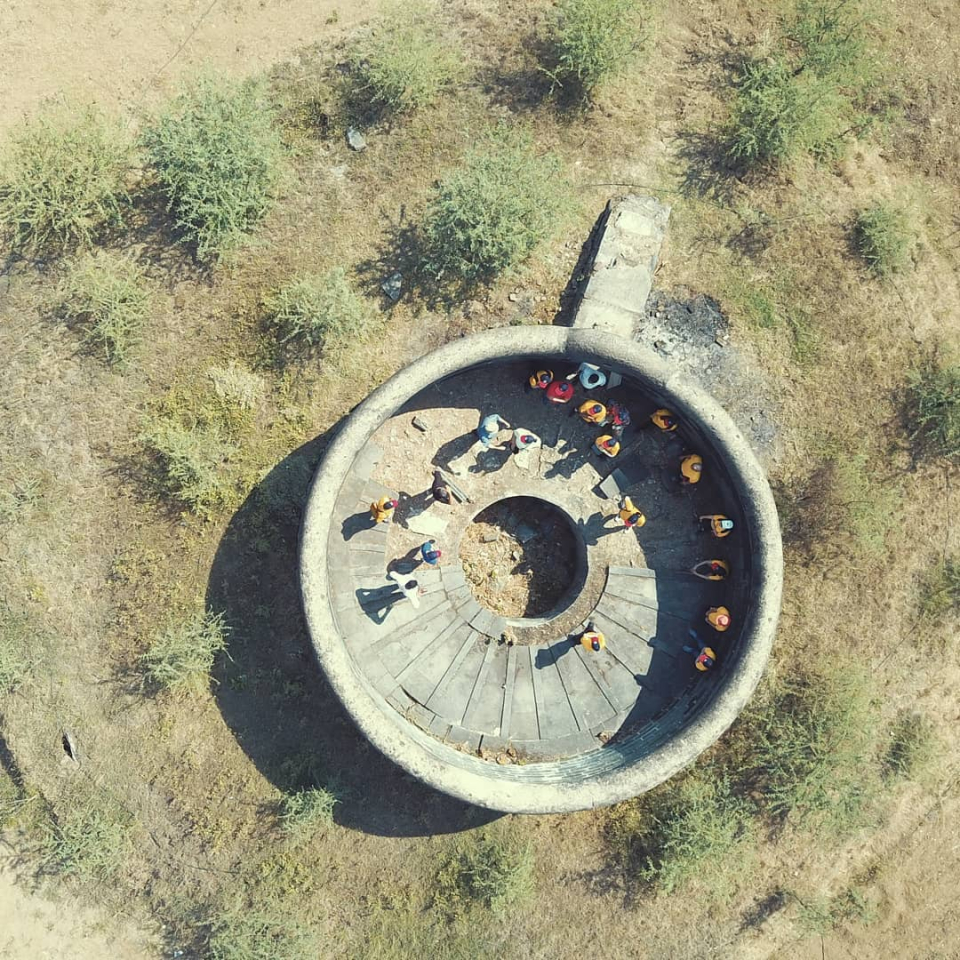
The walls are made extremely high (about 50 ft) to prohibit any interference during the funeral rites. Within the towers are numerous air vents. The incorporated ventilation shaft ensures ample air circulation, assisting in the body’s decomposition and reducing malodour. Constructed primarily from locally sourced materials, the tower uses sandstone blocks and reinforced concrete, chosen for durability and resistance to the elements.
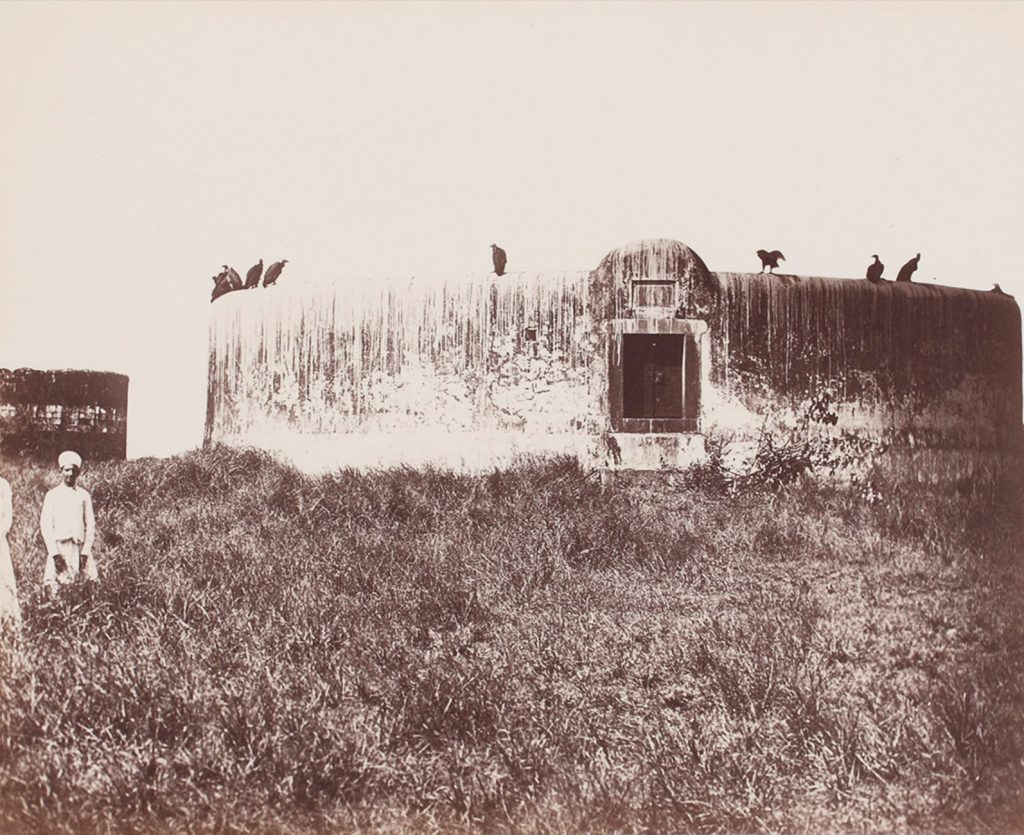
Zoroastrian symbols, such as the Faravahar (a winged disc), are often incorporated into the design. The elevated placement of the bodies reflects the emphasis on avoiding contamination of the earth, aligning with their religious doctrines. In the centre of the tower is an ossuary well, where the bones are pushed after being scavenged. There is also a ‘bungli’ where special prayers are held before the body is taken in by the khandias.
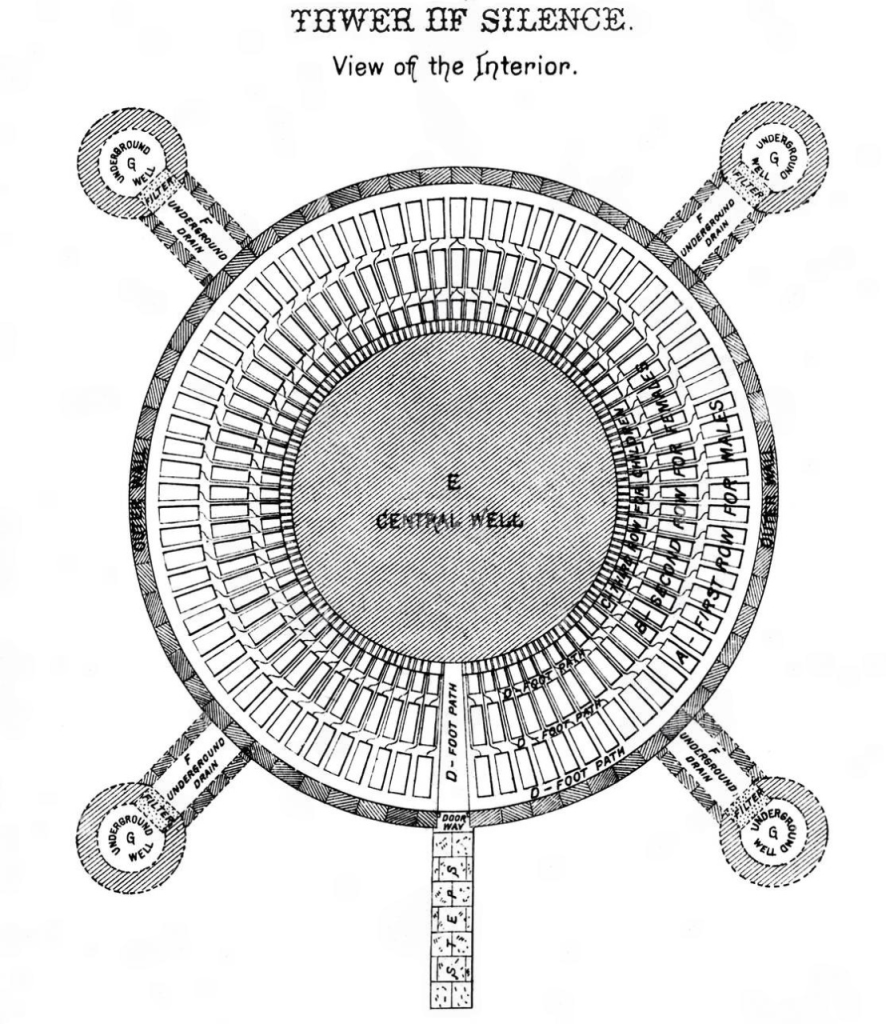
Have the Parsis Deviated From Their Religion?
The Tower of Silence in Mumbai has largely fallen out of use due to the significant decline in vulture populations, which has disrupted traditional Zoroastrian funerary practices. Since the late 1990s, vulture populations have plummeted due to the use of veterinary drug diclofenac, which has been lethal to these scavengers. This drug has since been banned, albeit a bit too late. As vultures have become increasingly scarce, the traditional method of disposing of the dead has become impractical and unsustainable.
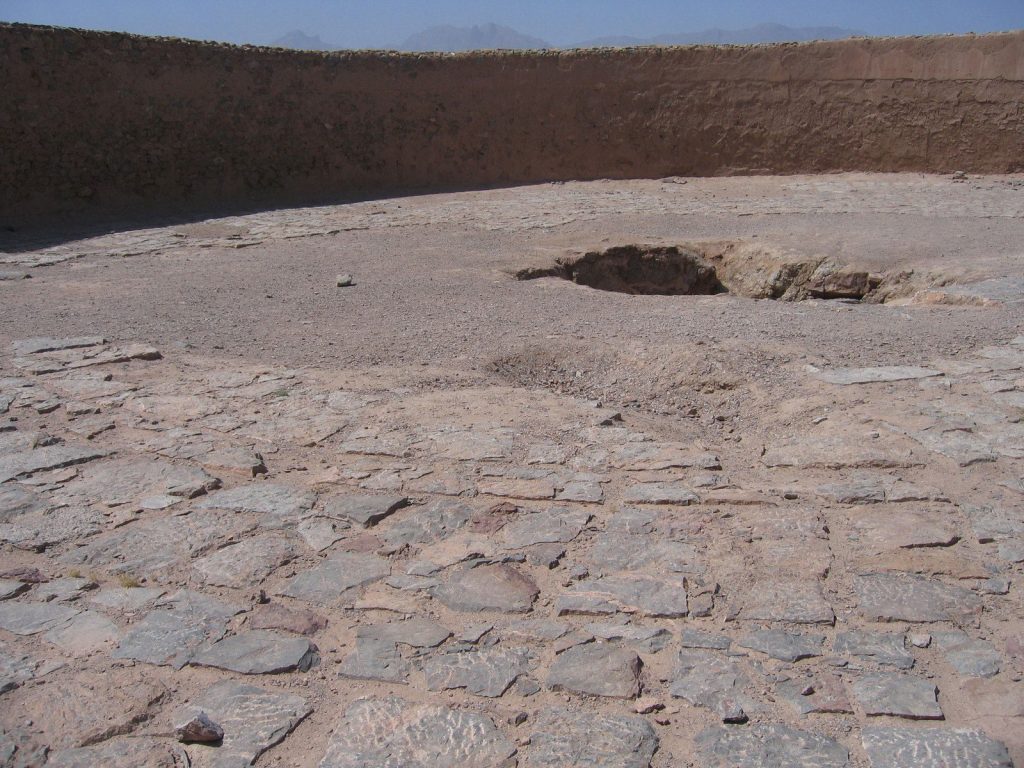
This decline has led to significant shifts in practices within the Zoroastrian community, with many opting for alternative methods of burial or cremation. Urbanization and changes in societal attitudes towards death have further contributed to the disuse of the Tower of Silence. As a result, the structure stands as a poignant symbol of a fading cultural tradition, a souvenir of the past.
Image Courtesy – Reddit

Hi Ya’ll !!
I love writing about pop culture and all things queer.
Sub Editor at Abir Pothi





